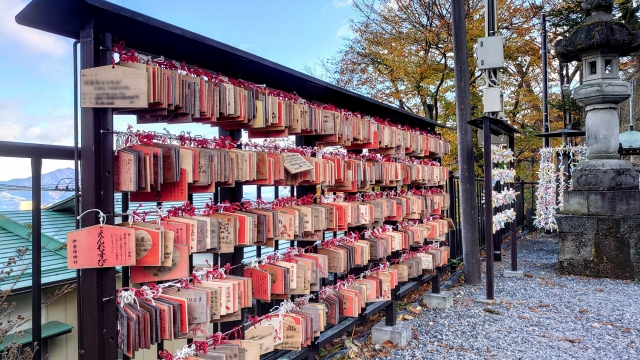Ema (絵馬) are small wooden plaques sold at Shinto shrines in Japan.
Visitors write their wishes or prayers on them and then hang the plaques at the shrine.
The word ema literally means "picture horse"—originally, people offered horses to the gods, but over time this practice was replaced with wooden tablets.
History of Ema
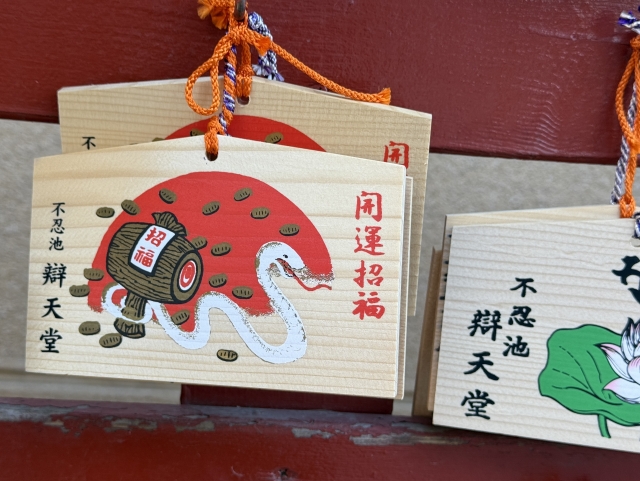
The tradition of ema dates back to the Nara period (710–794).
At first, real horses were given as offerings to deities for protection or blessings.
Later, images of horses were drawn on wooden plaques instead, making the offering more symbolic and widely accessible.
Today, ema can feature not only horses but also a variety of designs depending on the shrine and the type of prayer.
Common Types of Ema
Love and Relationships
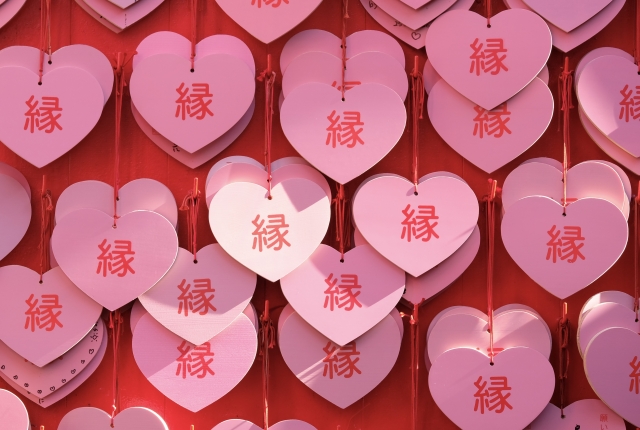
Ema with heart motifs or couples are common at shrines dedicated to love, such as Jishu Shrine in Kyoto.
Visitors pray for romance, marriage, or harmony in relationships.
Academic Success
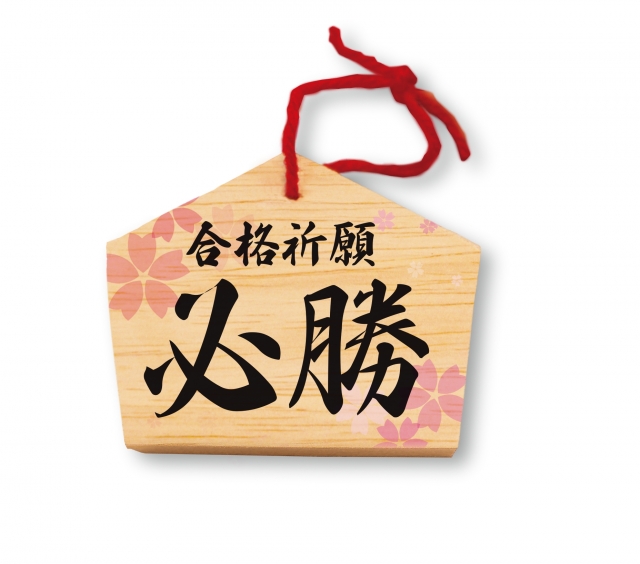
At shrines near universities, ema often feature designs for education.
Students write their wishes for passing entrance exams or academic achievement.
Health and Longevity
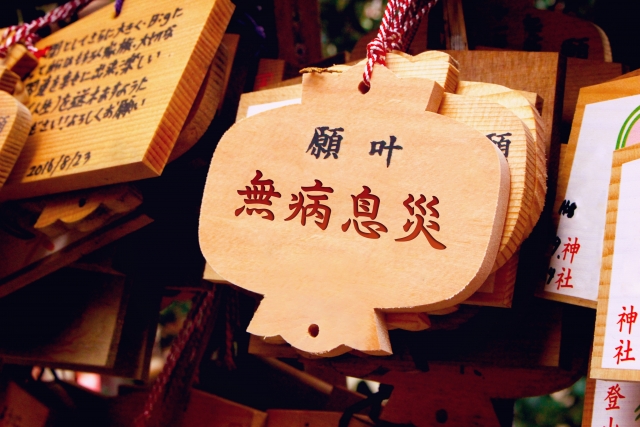
Ema related to good health or recovery from illness are found at shrines focusing on healing deities.
Business and Prosperity
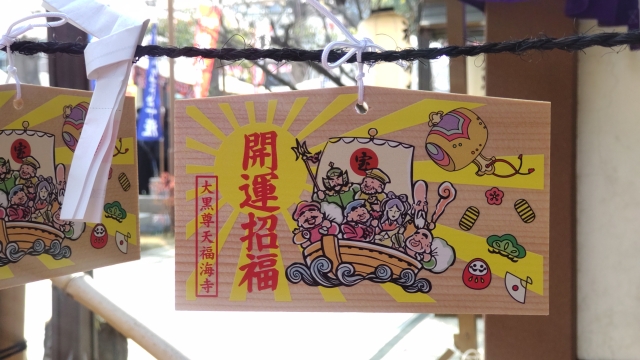
Some ema are decorated with coins or treasure symbols, used by people wishing for financial stability and success.
Designs and Seasonal Variations
-
Zodiac Signs: Many shrines sell ema with the year’s zodiac animal.
-
Shrine-Specific Motifs: Some shrines have unique ema with images of their main deity.
-
Seasonal Events: For New Year’s, special ema are released for wishes for the coming year.
How to Use Ema
-
Purchase an ema at the shrine office (usually 500–1,000 yen).
-
Write your wish clearly on the blank side.
-
Hang the ema on the special racks provided at the shrine.
-
The shrine priests later perform rituals to offer the wishes to the deities.
Where to Find Ema
-
Meiji Jingu (Tokyo): Large variety of ema for love, health, and success.
-
Fushimi Inari Taisha (Kyoto): Famous fox-shaped ema for business and prosperity.
-
Jishu Shrine (Kyoto): Known for love and relationship ema.
If you found the story of ema fascinating, you may also enjoy learning about other symbols and traditions found at Japanese shrines:
- Omamori: Japanese Amulets of Protection and Good Luck
- Omikuji: Japanese Fortune Slips and What They Reveal
- How to Pray at a Shinto Shrine
These gentle rituals offer a window into Japan’s quiet hopes, everyday spirituality, and the warm wishes people carry with them.

